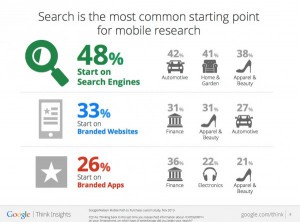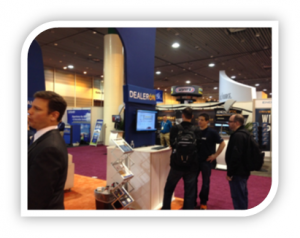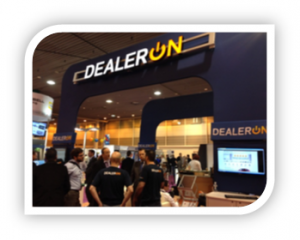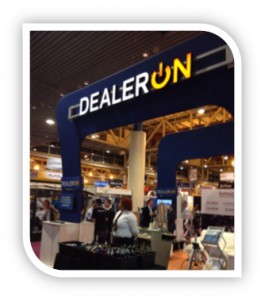It’s a pretty common practice for people to Google their own name. Sometimes out of curiosity, but sometimes to help ensure your name (or your dealership’s name) isn’t showing up on webpages you don’t want it to. You Google your dealership name to help ensure it appears where you want it to (and doesn’t where you don’t), but do you Google your dealership website’s original content?

Google is known for punishing websites that have duplicate content on their site, meaning the exact content appears on other websites. But in a recent Matt Cutts video, Google’s head of search spam announced that Google’s position has shifted and the search engine company is now making strides to group websites that have the same content, and showing the best of that group in search results. This helps them not punish sites that are validly quoting or referencing content, while still maintaining a cleaned up search results page. That is why it’s so important to know which websites are using content that you created, especially if your dealership website is not the one of the sites chosen for display.
So how does Google know which website had the content first, which sites are using it after the fact, and whether or not the content is being used properly? No one truly knows how the Google search algorithm is written, but Google has now given us a way to let them know when you find your original content on another website without your dealership’s permission.
Go to the Google Scraper Report, enter the URL of the page on your dealer website which displays the content, the exact URL of the offending site (where your content is being used), and the search result URL that shows your website being outranked by duplicate content. You can find these offending pages by taking portions of the content you or your advertising agency has created for your dealership website and search for it on Google using quotation marks around the phrase or sentence. The search results pages that show should display all sites that have that content on them. Are any of them outranking your dealership website? Use the Google Scraper Report to let the search engine giant know.
This is your best way of alerting Google to duplicate, SPAM filled websites that are using your original content to outrank your dealership website in the search results. It will also help Google improve their search results listings by helping to ensure the original content gets ranked above scraper sites.
The scraper tool doesn’t promise any resolution, but it’s a start. Check to make sure the content your dealership creates isn’t being used to help someone rank above you.








